Marketing Strategy for Launching Avis Chauffeur Service in Australia
VerifiedAdded on 2021/06/15
|9
|843
|31
Report
AI Summary
This report details the marketing plan for Avis's new chauffeur-driven car rental service launching in Australia. The report identifies the target market as international tourists, elderly people, the visually impaired, local residents without licenses, international students, corporate executives, and the physically ill. Avis aims to position itself with brand value, cost-effective insurance, excellent customer service, reasonable prices, and experienced chauffeurs who can also act as local tour guides. The company's competitive advantage lies in being the first car rental company in Australia to offer this service. The distribution strategy includes direct sales and online bookings, while the pricing strategy involves discounts and flat rates. Promotion strategies include advertisements across various media, customer service calls, sponsorships, and social media engagement. The report references several marketing and business management publications to support its findings.
1 out of 9
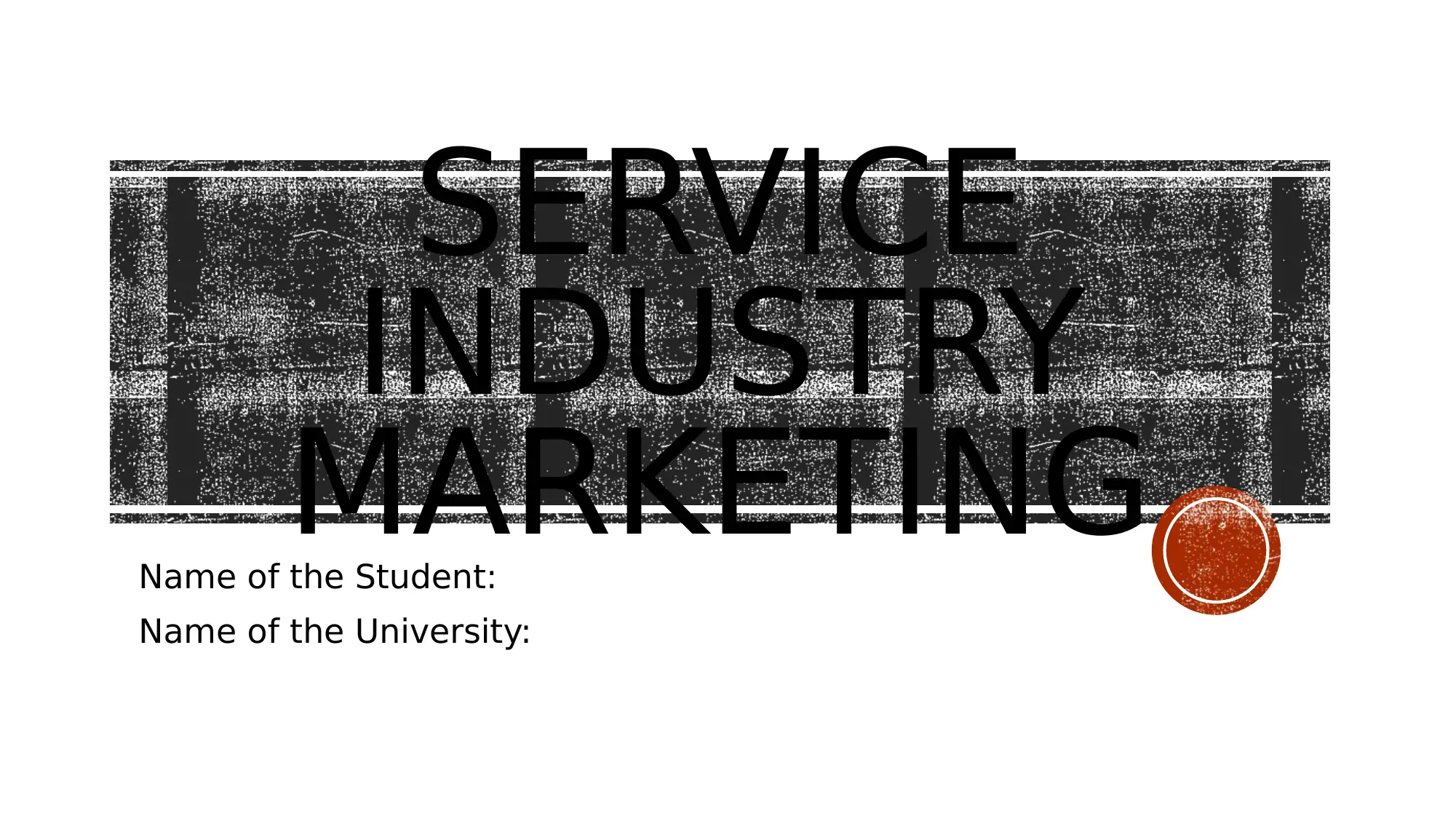
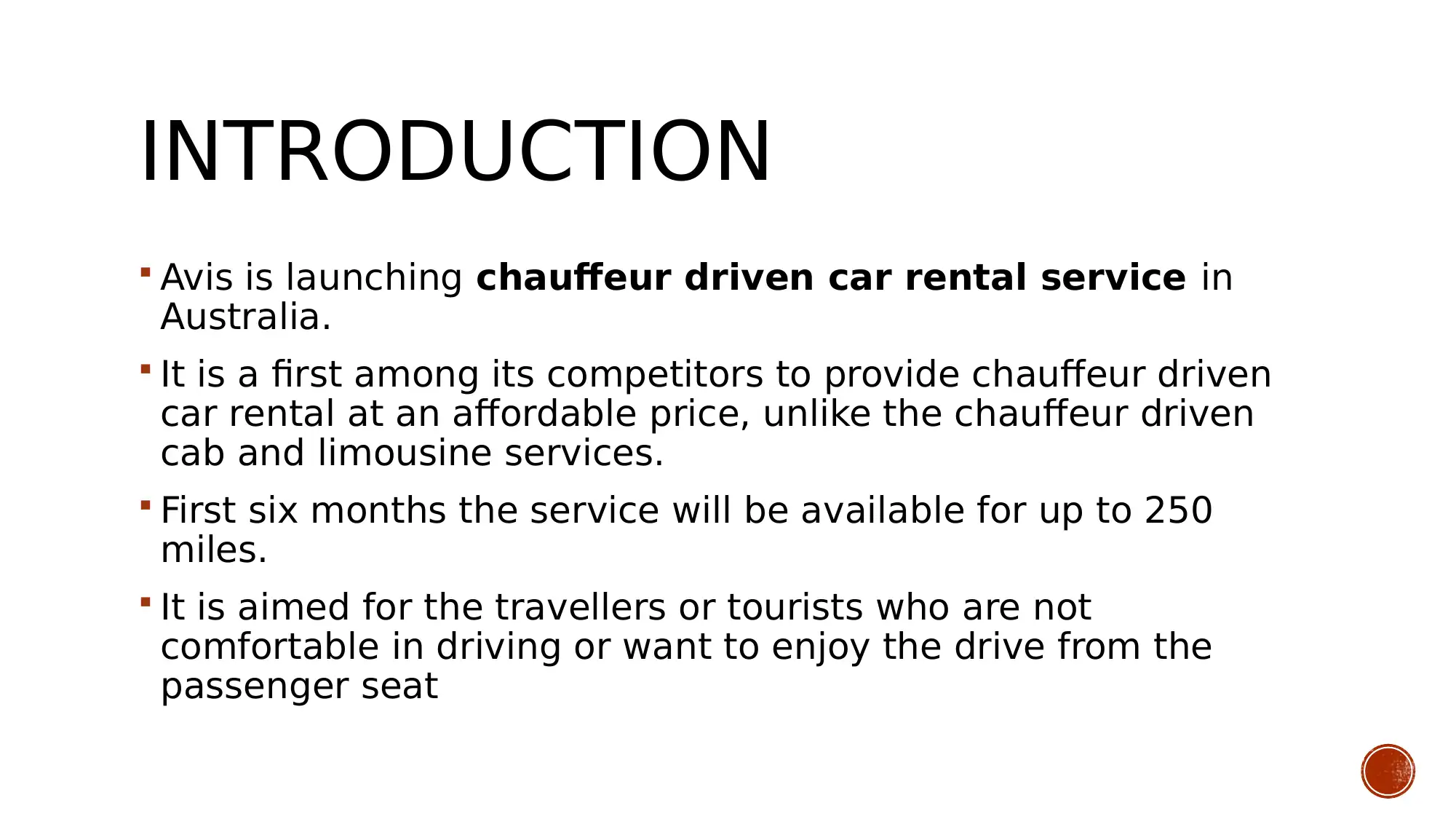
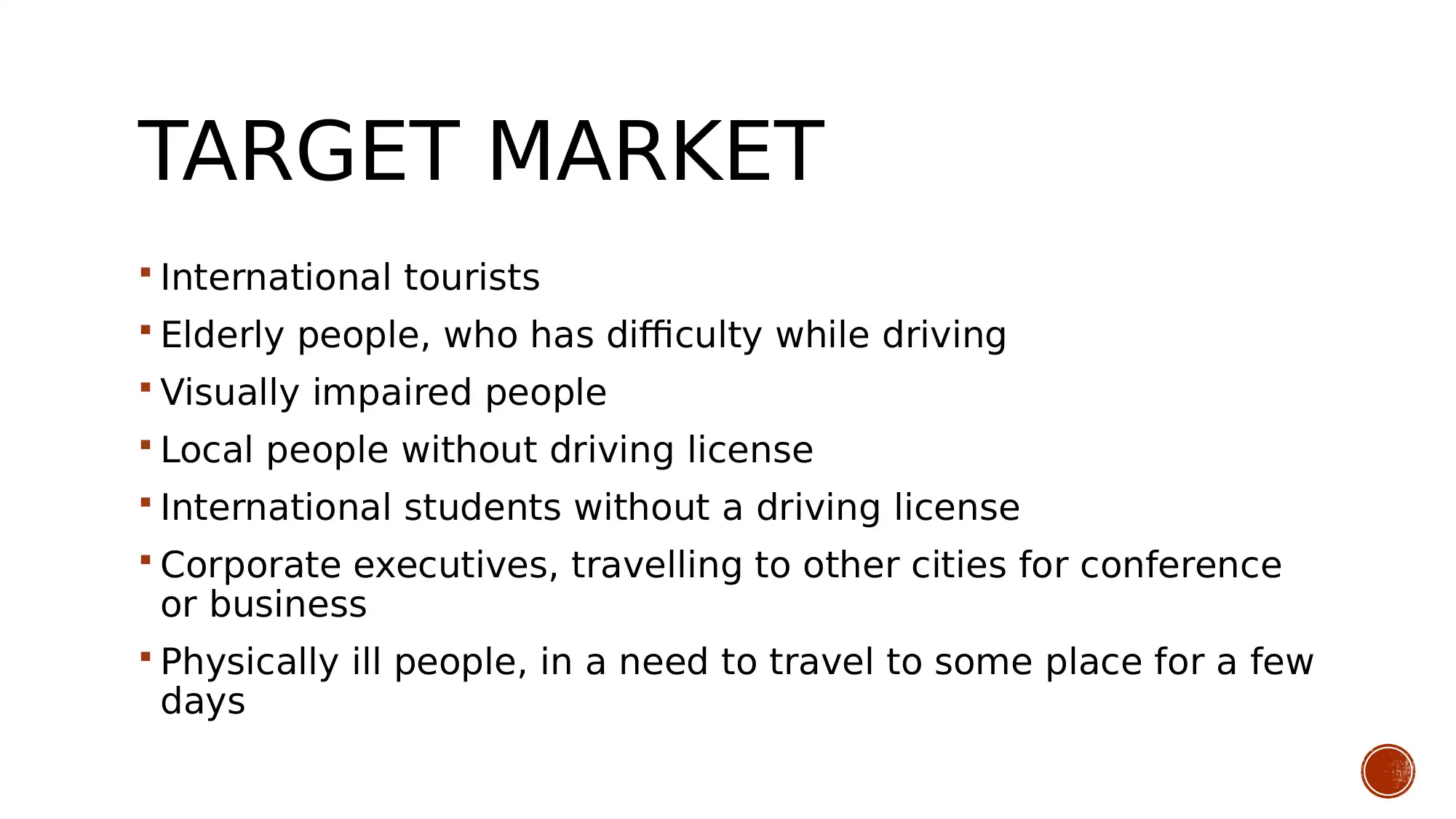

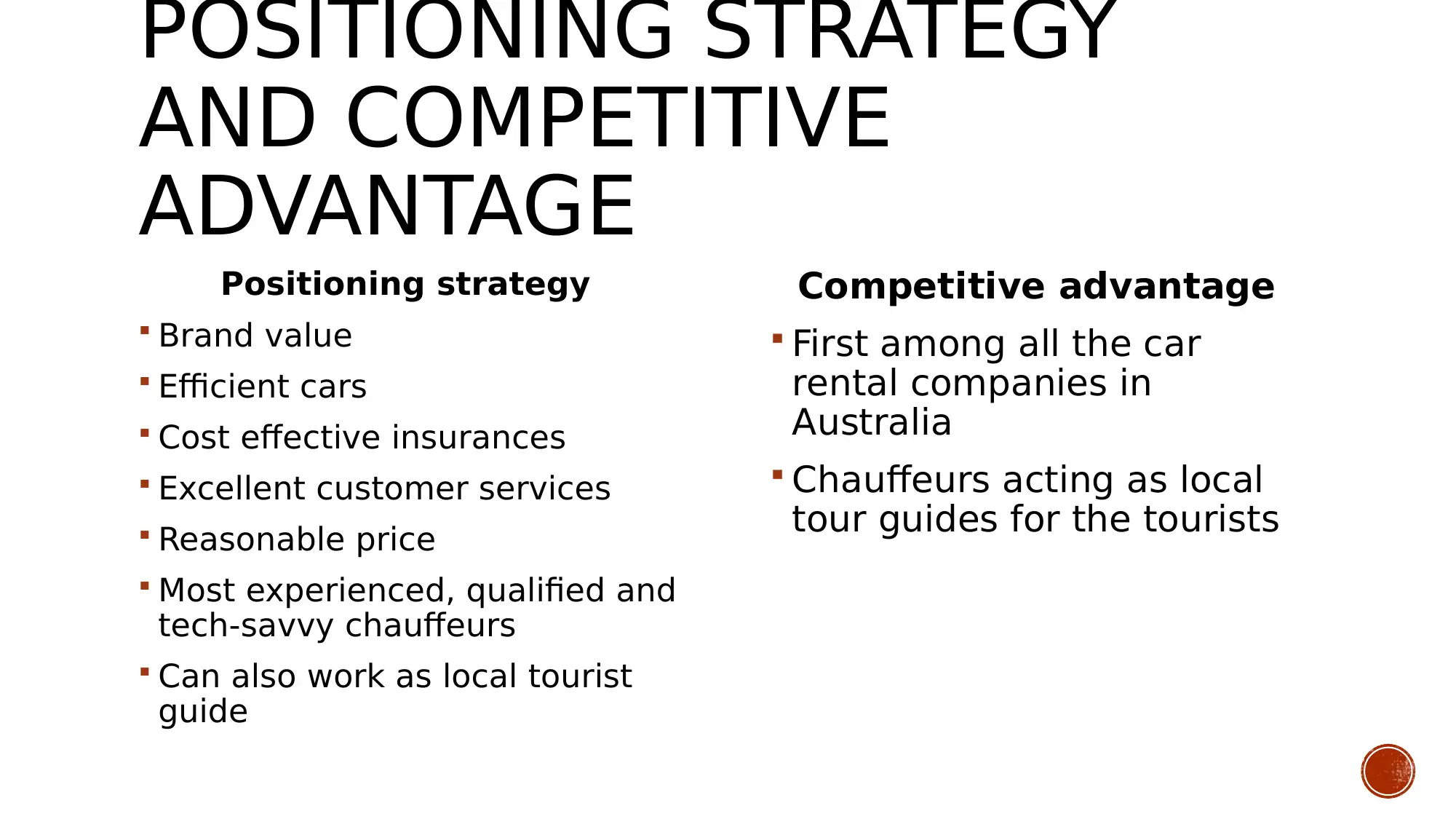

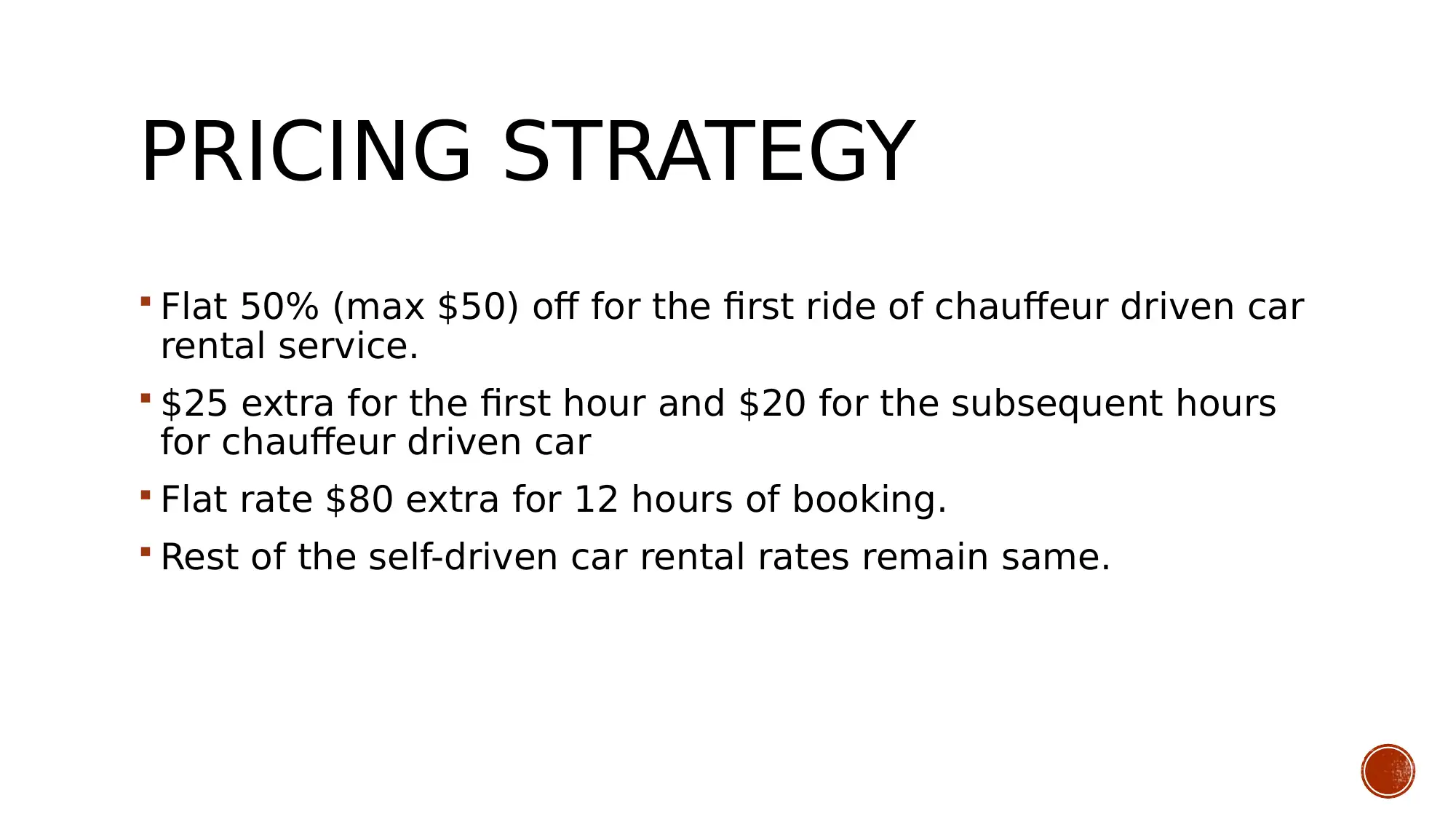
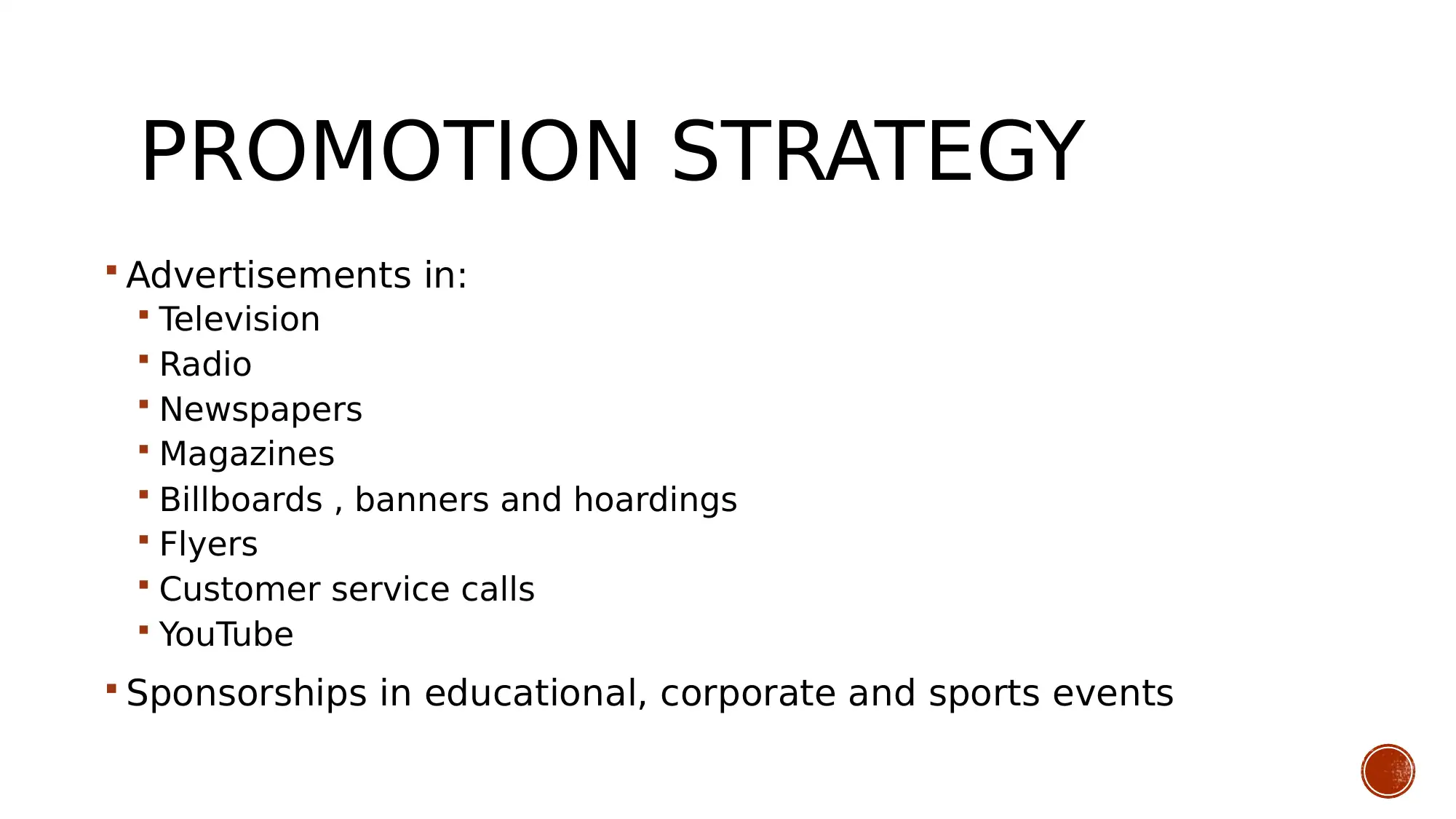
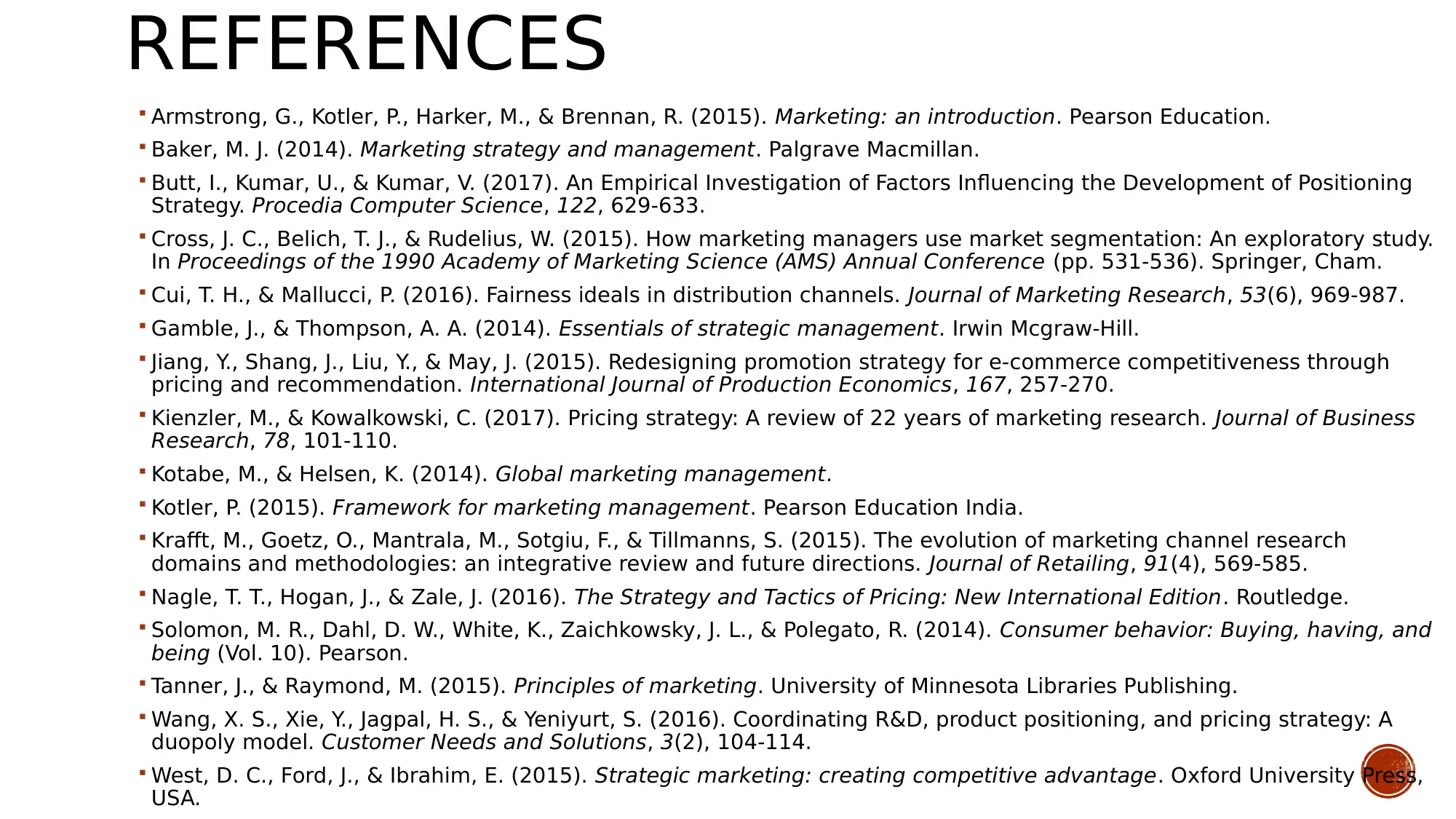



![[object Object]](/_next/static/media/star-bottom.7253800d.svg)